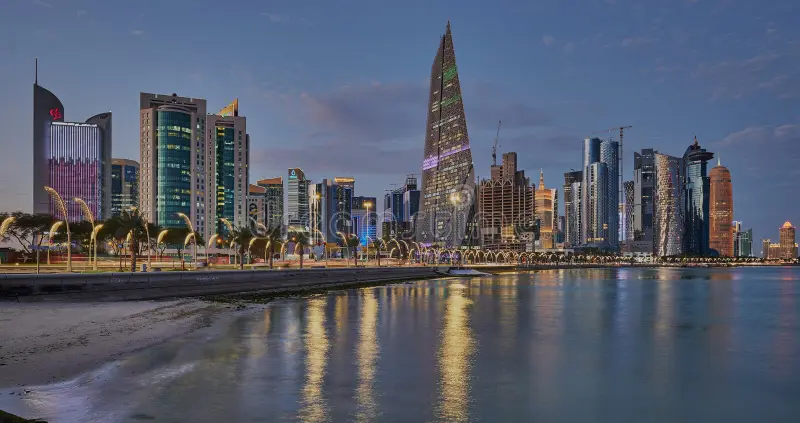Overall outlook for the Gulf Cooperation Council (GCC) energy and non-energy sectors is positive
Doha, Qatar: Qatar’s commitment to actively pursuing an economic diversification agenda has created several opportunities for investors.
Speaking to The Peninsula, Peter Kaznacheev, Principal at Arthur D Little discussed that Qatar’s non-hydrocarbon sector has a strong potential to drive growth.
Regarding the outlook for the energy and non-energy sectors in the region, Kaznacheev said, the overall outlook for the Gulf Cooperation Council (GCC) energy and non-energy sectors is positive, particularly in comparison to mature markets. In Qatar, the North Field Expansion project will increase LNG production from 77 million metric tons per annum to 126 million by 2027, a massive 85 percent increase in less than five years. This has a strong potential to drive growth in non-hydrocarbon sectors.
Consider blue ammonia, which is produced form natural gas. QatarEnergy’s Ammonia-7 Project, starting in 2026, for example, will be the first blue ammonia facility, positioning Qatar as a key supplier of low-carbon ammonia for global fertilizer production, driving economic growth through carbon capture and storage (CCS) infrastructure, and opening opportunities in the green fuel space This opens doors in the green fuel space where ammonia is used for hydrogen production.
Additionally, the proposed high-speed rail link between Doha and Riyadh will boost the economy and create lasting synergies through cross-border business and tourism, he added.
Elaborating on the local market performance, Kaznacheev said, Apart from Qatar’s low energy costs and high demand for its export commodities, the country has another factor working in its favor – economic stability.
This includes a positive GDP growth outlook, low consumer price inflation, and minimal currency risks due to the Qatari riyal being pegged to the US dollar. These factors are expected to ensure robust local market performance for the rest of the year.
Qatar’s Third National Development Strategy (NDS3), unveiled earlier this year aims for a 4 percent growth in non-hydrocarbon gross domestic product (GDP). Qatar can leverage its strengths in several key sectors to hit this target, he noted.
Under its National Vision 2030, Qatar has launched several strategic initiatives to diversify its economy and attract foreign direct investment. These begin with the Qatar Financial Centre (QFC), followed by the Qatar Science and Technology Park (QSTP), and subsequently the Ras Bufontas and Umm Alhoul free zones, which offer a zero-tax environment and other incentives.
Source: Zawya



